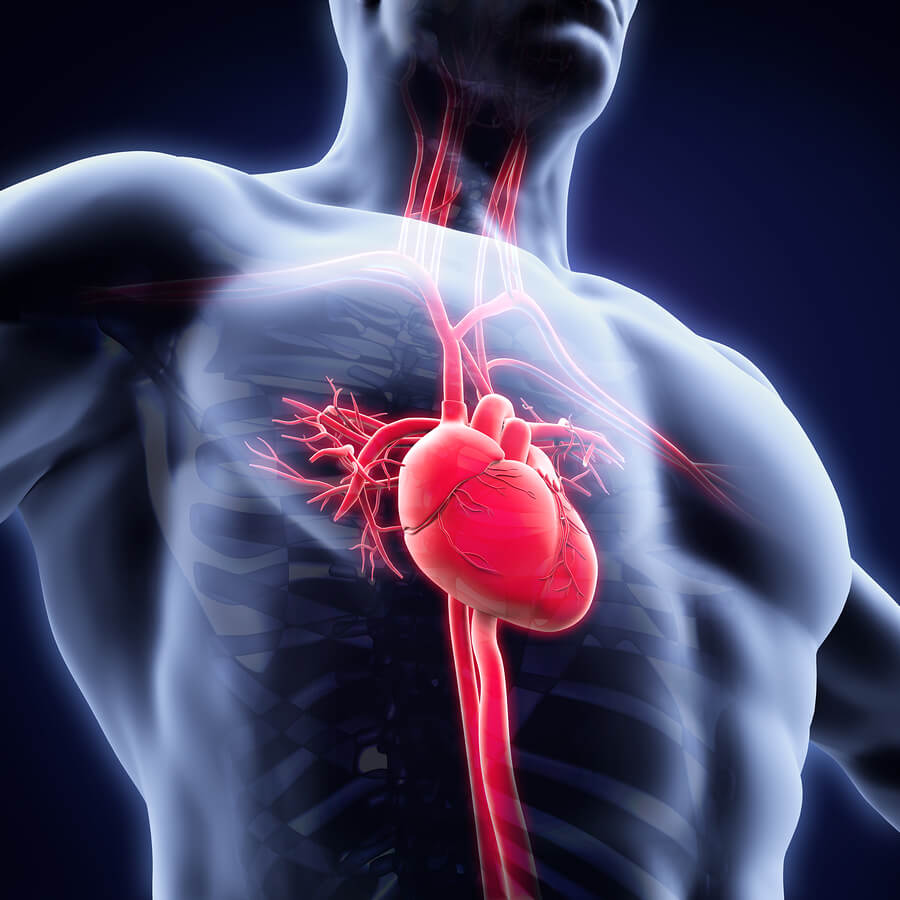Scientists have discovered an effective stem cell treatment to battle bone loss, that could help regenerate bones of osteoporosis patients and even astronauts. The novel therapy showed remarkable results in mice and is expected to enter human clinical trials in the next two years.
The lack of gravitational force and mechanical stimulation causes astronauts to loose up to 2% of bone per month in space. The zero-gravity environment has been further shown to decrease the body´s own regenerative potential. Together, this poses serious health concerns for astronauts returning to weight-bearing environments, such as Earth and possibly Mars in the future.
Researchers from the University College of London discovered that infusing amniotic mesenchymal stem cells into mice with brittle bone disease (oim mice) led to a decrease in bone fractions by 79% in 324 mice tested. According to study leader Dr. Pascale Guillot, this was not a result of undesired new bone formation but rather caused by fortification of existing bones.
Treatments using fetal tissue-derived mesenchymal stem cells previously showed protective effects in bones, but mainly due to increased plasticity and not actual strengthening of the matrix. In contrast, the novel treatment greatly improved toughness and structure of bones, mineral maturation and decreased inflammation.
“The stem cells we’ve used are excellent at protecting bones. The bones become much stronger and the way the bone is organized internally is of much higher quality.“ said Dr. Guillot for The Guardian.
The amniotic stem cell therapy could, however, also help patients suffering from osteoporosis the researchers claim, in hope of transitioning the treatment to human trials in the following years. As we are living longer and longer, osteoporosis has been on a steep rise and is today considered a global health concern.
Learn more about what happens to our bones in space in the video bellow:
By Luka Zupančič, MSc, University of Applied Sciences Technikum Vienna











